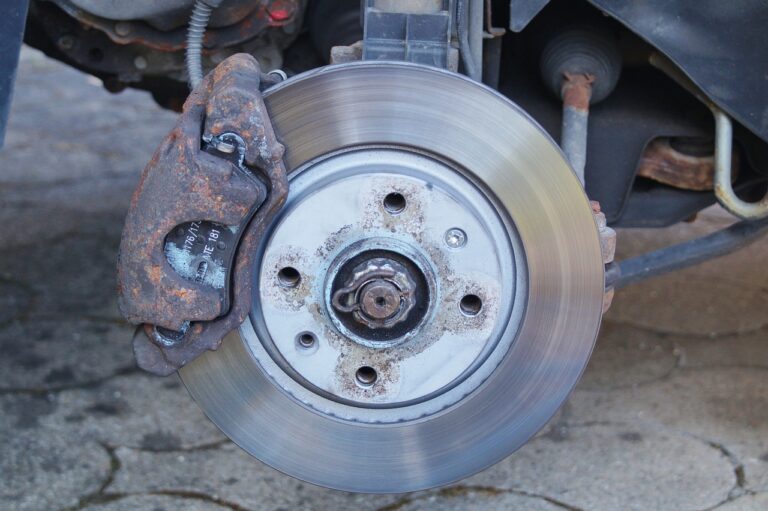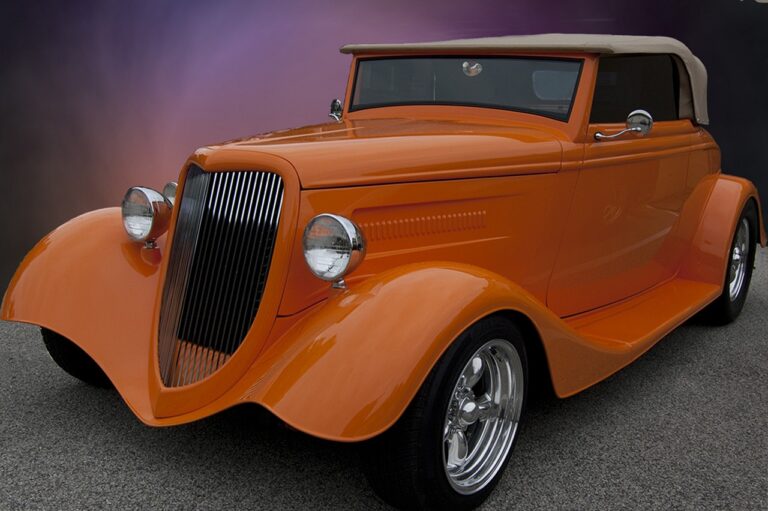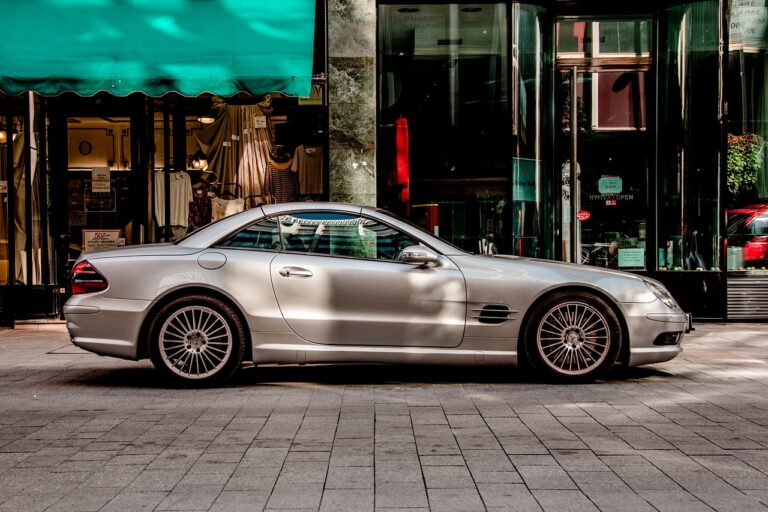The Psychology of Car Racing Stripes: Heritage, Speed, and Identity
Car racing stripes hold a unique significance in the world of automotive design. These distinctive stripes not only enhance the visual appeal of a car but also serve practical purposes. Originating in the world of motorsports, racing stripes were initially used to make race cars more visible on the track, aiding drivers in distinguishing their vehicles from competitors.
Beyond their functional aspect, racing stripes have evolved to become a symbol of speed, power, and performance. The strategic placement of these bold stripes on the vehicle’s body conveys a sense of motion and dynamism, even when the car is at a standstill. Whether they are sleek and subtle or vibrant and eye-catching, racing stripes have become a timeless design element that continues to captivate car enthusiasts around the world.
The Historical Evolution of Racing Stripes
Racing stripes have a rich history dating back to the early 1950s when they first made their appearance on the race tracks. Initially, these stripes were simply applied for aesthetic purposes, adding a pop of color to the cars and making them stand out among the competition. However, as racing became more competitive, drivers began to realize that the stripes could serve a practical purpose as well.
As the years went by, the design and placement of racing stripes evolved to enhance the performance of the car. Thinner, more streamlined stripes were introduced to reduce drag and improve aerodynamics. Furthermore, the strategic placement of stripes helped to guide airflow over the vehicle, increasing downforce and improving traction on the track. It became clear that racing stripes were not just a flashy design choice, but a crucial element in optimizing the speed and handling of race cars.
What is the significance of car racing stripes?
Car racing stripes are a visual cue that is often associated with speed, performance, and competition. They have been used to enhance the appearance of race cars and make them stand out on the track.
How did racing stripes evolve over time?
Racing stripes have evolved from simple painted lines to more elaborate designs and patterns. They have been used by various racing teams to distinguish their cars and create a sense of identity and branding.
When did racing stripes first appear in car racing?
Racing stripes first appeared in car racing in the early 1950s. They were primarily used by American racing teams to differentiate their cars from competitors and to create a more dynamic and visually appealing look.
Are racing stripes purely decorative or do they serve a functional purpose?
While racing stripes are primarily decorative, they can also serve a functional purpose by helping drivers gauge the speed and movement of their cars on the track. They can also make cars more visible and easier to identify during races.
How have racing stripes influenced car design in the automotive industry?
Racing stripes have had a significant influence on car design in the automotive industry, with many manufacturers incorporating them into their models to create a sporty and dynamic aesthetic. They have become synonymous with speed and performance in the world of automotive design.





